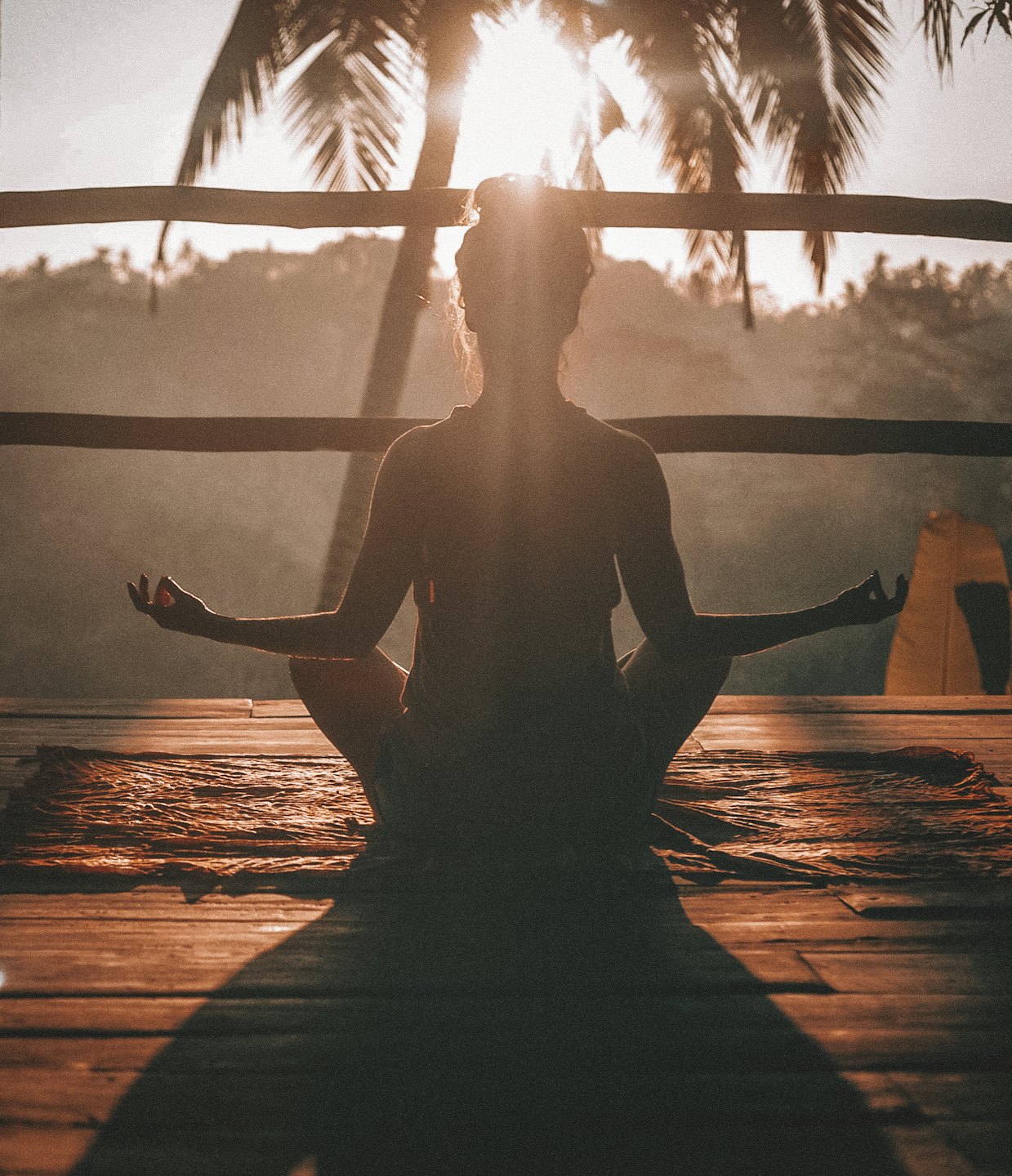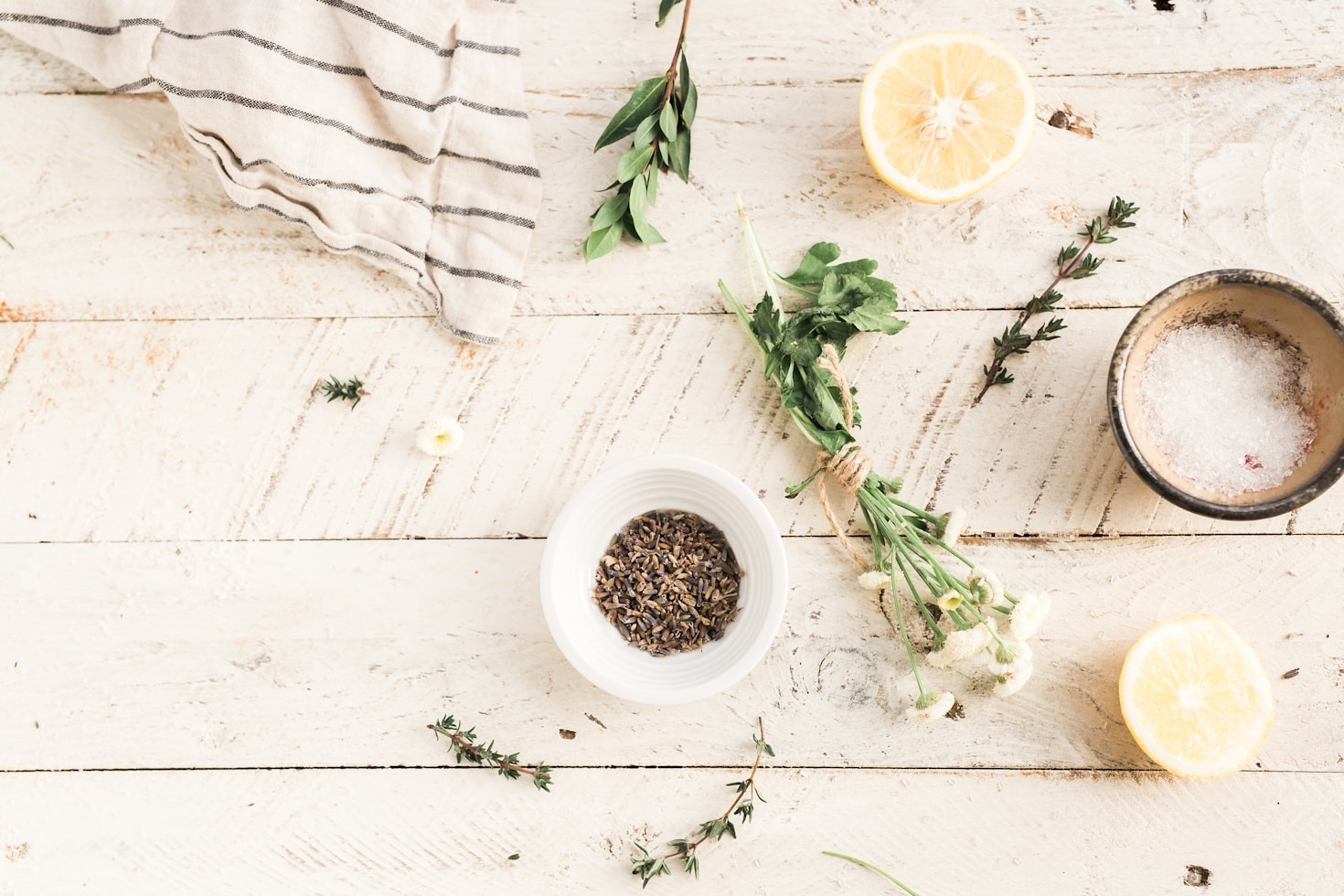Why a Holistic Approach Is Key to Long-Term Wellness
Wellness isn’t just about hitting the gym or eating kale—it’s about nurturing your entire self: body, mind, spirit, and social connections. A holistic approach, which integrates these elements, is the secret to sustainable health and happiness. Here’s why embracing the whole picture sets you up for long-term wellness, plus practical ways to start.
What Is a Holistic Approach?
Holistic wellness views you as a complex system, not a checklist of isolated parts. It balances physical health (nutrition, exercise), mental clarity (stress management, mindfulness), emotional resilience (relationships, self-awareness), and even spiritual fulfillment (purpose, values). Instead of quick fixes like crash diets, it seeks harmony across these domains for lasting vitality.
The science backs this up: a 2023 study in The Lancet found that people combining physical, mental, and social health practices had a 45% lower risk of chronic disease and reported 50% higher life satisfaction than those focusing on one area alone.
Why Holistic Wellness Works
- It Addresses Root Causes
Symptoms like fatigue or anxiety often stem from multiple sources—poor sleep, stress, or loneliness. A holistic approach digs deeper. For example, pairing better nutrition (body) with journaling (mind) can stabilize energy and mood better than diet alone. A 2021 trial showed holistic interventions cut burnout by 35% versus single-focus treatments. - It Creates Synergy
Your body and mind amplify each other. Exercise boosts endorphins, lifting depression, while meditation sharpens focus, enhancing workouts. Social bonds reduce cortisol, aiding recovery. A 2024 study found that combining movement, mindfulness, and community halved stress markers compared to exercise-only routines. - It Builds Resilience
Life throws curveballs—job loss, illness, grief. A holistic foundation equips you to bounce back. Strong physical health supports energy for coping, while mental practices like gratitude reframe challenges. A 2022 resilience study noted that holistic practitioners were 40% less likely to spiral into anxiety during crises. - It Prevents Burnout
Obsessing over one area, like fitness, can neglect others, like rest or relationships, leading to exhaustion. Holistic wellness spreads the load. A 2020 wellness report showed balanced routines—mixing diet, sleep, and emotional check-ins—reduced burnout risk by 30% compared to fitness-only plans. - It Aligns with Your Values
Wellness feels hollow without purpose. Holistic approaches incorporate meaning—whether through spirituality, volunteering, or creative hobbies—tying daily habits to what matters most. A 2023 psychology study linked purpose-driven wellness to a 25% boost in long-term motivation.
The Risks of a Narrow Focus
Focusing solely on one aspect, like diet or meditation, can backfire. Extreme workouts without rest invite injury; endless mindfulness without movement can leave you lethargic. A 2024 health survey found that 60% of people who chased single-track wellness (e.g., keto-only diets) quit within a year, citing frustration or imbalance. Holistic methods, by contrast, had an 80% adherence rate.
Practical Steps to Go Holistic
You don’t need to overhaul your life. These small steps weave body, mind, spirit, and social health together:
- Nourish Body and Soul (One Meal, One Pause)
Eat a colorful meal daily—think veggies, lean protein, whole grains—to fuel muscles and brain. Pair it with a 2-minute gratitude practice, like noting what you’re thankful for. A 2022 study showed this combo improved mood by 20% and digestion by 15%. Example: salmon salad followed by a quick “I’m grateful for my friend’s call.” - Move with Meaning (15 Minutes Daily)
Choose movement that feels joyful—walking, dancing, or stretching—and tie it to a mental goal, like clearing your head or visualizing success. A 2023 trial found mindful exercise boosted energy by 25% more than mindless reps. Try a nature walk while reflecting on a personal strength. - Rest to Reset (7-8 Hours + Micro-Breaks)
Prioritize sleep with a wind-down routine—dim lights, read, or sip herbal tea. Add a 1-minute daytime break to breathe deeply or stretch. Sleep heals your body; breaks soothe your mind. A 2021 study linked this duo to 30% less stress and 20% faster recovery. - Connect Deeply (One Interaction Daily)
Reach out—a call, coffee, or kind word to a neighbor. Social ties lower blood pressure and lift serotonin. Pair it with a physical act, like a shared walk, for double benefits. A 2024 study showed social-physical combos cut loneliness by 35%. Example: invite a friend for a park stroll. - Find Your Spark (Weekly Purpose Check)
Spend 10 minutes weekly on something meaningful—journaling values, volunteering, or a hobby like painting. This feeds your spirit and ties wellness to purpose. A 2022 well-being study found purpose-driven habits increased life satisfaction by 28%. Try writing: “What made me feel alive this week?”
Making It Sustainable
- Start Tiny: Pick one step, like a mindful meal. Add another next week.
- Listen to Yourself: Crave quiet? Meditate. Need energy? Dance. A holistic approach flexes with your needs.
- Celebrate Balance: Notice how combining habits—like sleep and connection—lifts your vibe. A 2023 behavioral study says small wins boost adherence by 45%.
- Seek Support: Friends, a coach, or a therapist can guide you. Community amplifies holistic success.
Why It’s the Long Game
Holistic wellness isn’t a sprint—it’s a lifestyle. By nurturing body, mind, spirit, and relationships, you build a foundation that weathers aging, stress, and surprises. It’s not about being perfect but feeling whole. A 2024 longevity study found holistic practitioners had a 50% lower risk of mental decline and 40% better physical function after a decade.
Crash diets fade; gym binges fizzle. But eating well, moving joyfully, reflecting quietly, and loving deeply? That sticks. It’s how you thrive, not just survive, for years to come.
Your First Step
Today, try this: eat a veggie-packed lunch, take a 5-minute walk, and text someone you care about. That’s holistic wellness in action—body, mind, and heart, all lifted. Keep it simple, and watch how it grows.
Sometimes, the simplest moments hold the deepest wisdom. Let your thoughts settle, and clarity will find you. Use this quote space to share something inspirational or reflective, perfectly aligned with the theme of your article.
This paragraph dives deeper into the topic introduced earlier, expanding on the main idea with examples, analysis, or additional context. Use this section to elaborate on specific points, ensuring that each sentence builds on the last to maintain a cohesive flow. You can include data, anecdotes, or expert opinions to reinforce your claims. Keep your language concise but descriptive enough to keep readers engaged. This is where the substance of your article begins to take shape.


As you move toward the midpoint of the article, this paragraph provides an opportunity to connect earlier ideas with new insights. Use this space to present alternative perspectives or address potential questions readers might have. Strike a balance between depth and readability, ensuring the information remains digestible. This section can also serve as a transition to the closing points, maintaining momentum as you steer the discussion to its final stages.
Wrapping Up with Key Insights
In this concluding paragraph, summarize the key takeaways from your article, reinforcing the most important ideas discussed. Encourage readers to reflect on the insights shared, or offer actionable advice they can apply in their own lives. This is your chance to leave a lasting impression, so make sure your closing thoughts are impactful and memorable. A strong conclusion not only ties the article together but also inspires readers to engage further.


Leave a Reply